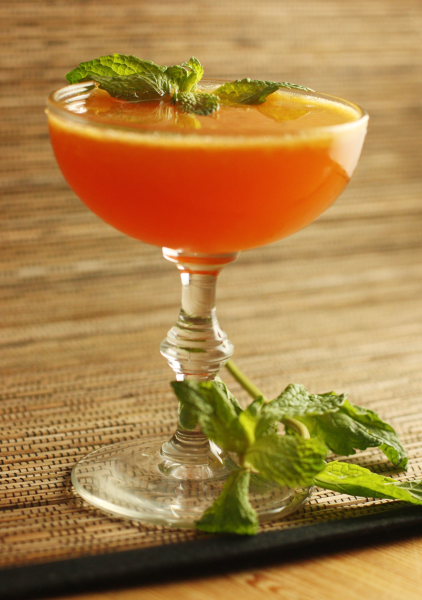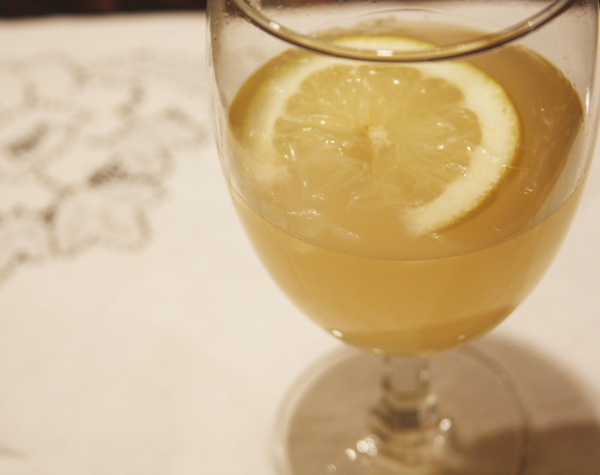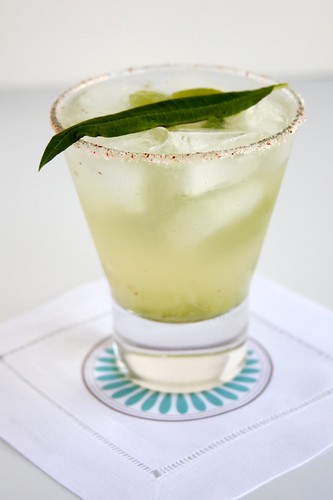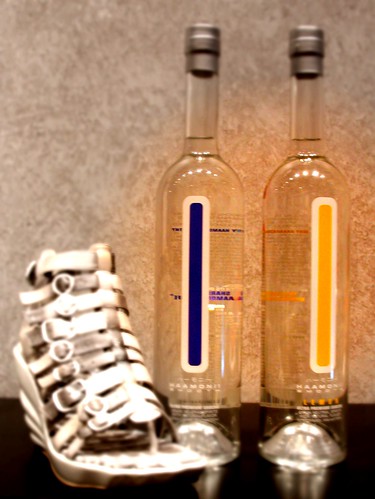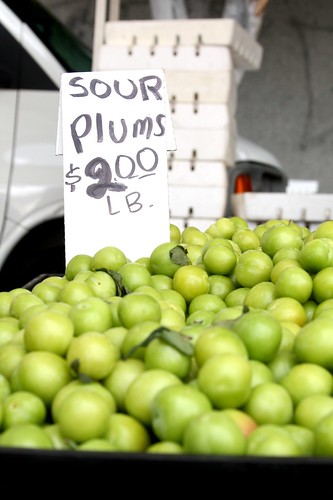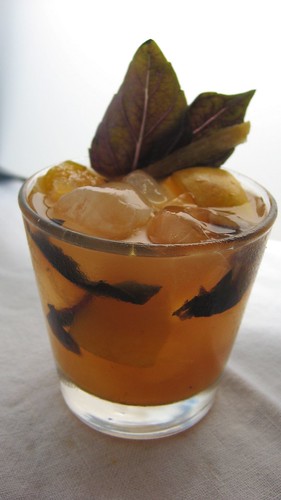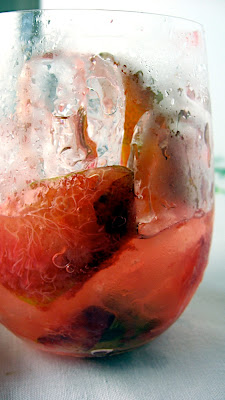
Maybe it’s because I grew up in a sea-side village in Massachusetts, but fresh fruit wasn’t something I was accustomed to. Fresh fish, yes. But fresh fruit? Ah, no.
Exotic bananas, kiwis and citrus fruits could be bought for an inflated price at any of the major New England based grocery stores, but they were purchased knowing full well they were treasures from far away. Crisp apples, juicy pears, fat strawberries, tart blueberries, soft raspberries, mouth watering melons and delicate concord grapes were mine, but only for the fleeting dog days of summer and cool nights of fall.
As a bartender in Cambridge, Mass., I made plenty of cocktails. I made the classics (Martinis, margaritas, and simple mixed concoctions) with brand name liquors with sour mix from a plastic bottle, canned pineapple juice, coconut mix, orange juice from Florida, or soda. Fruit, for an east coast bartender like me, was never a featured element. Lime, orange and lemon were visual flourishes, only to be used as a garnish.
Calfornia Flavors

It wasn’t until I moved to California that I tasted a fresh cocktail. My understanding of what a drink could be was changed forever when I tasted my first handmade Mojito. I was floored (literally) by the fresh flavors of lime and mint and the balance of acidity and sweetness.
Suddenly, I understood that cocktails shouldn’t be a barely disguised alcohol delivery system–it should be a delicious, refreshing, appetite enticement made with as much care as a diner’s first course.
During my time working in California restaurants, I learned how to make cocktails with hand-squeezed citrus, freshly muddled herbs and specialty liquors and perfected the art of balancing sweetness and acidity. Then, when I starting running a restaurant that specialized in hand made cocktails, I was free to show my creativity behind the bar and create amazing cocktails from fresh, seasonal produce for the restaurant. It was, by far, the most fun and rewarding part of my job.
Though popping open a ready-to-drink bottle of wine can be undeniably easy, making a great cocktail at home doesn’t have to be difficult.
Creating a cocktail
Here are a few simple rules to follow when making a fresh cocktail:
1) Use great, fresh ingredients
Fresh fruit and citrus should be juicy. If you discover you’ve purchased “dry fruit” (fruit that just isn’t giving up its juice easily) either toss the fruit or, if you don’t want to go back to the store, double up on the amount of fruit you use in order to get the correct flavor.
2) Maintain balance
Acidity and sweetness must always be in balance with each other, as well as the alcohol. Don’t let one ingredient hog the limelight. Everything in well-crafted drink, must perform together, in unison.
3) Taste
Don’t be afraid to take a little taste of what you’re making to make sure it’s right. A great bartender, like a chef, must always taste in order to maintain consistency.
4) Experiment
Don’t be afraid to try something new. Buy fresh fruit and taste them. What flavors would go well with it? What does it remind you of? A favorite pie? A childhood popsicle? These trusted flavors can lead you and your cocktail making to great places.
The following is a recipe I created this weekend after tasting the sweetness of a ripe pluot, fresh from the market.

Dapple dandy
Half plum, half apricot, the pluot’s intense sweetness and playful acidity is the perfect center point for this refreshing summer time drink.
1 ripe pluot, cut into thick wedges (a ripe plum could work, also, though you may need to add more lime juice to balance the flavors)
Juice of one lime
Simple syrup* to taste (about 2-4 tablespoons)
1/8 tsp. almond extract
1-1.5 ounces premium vodka
Ice
Muddle the pluot wedges (in either a cocktail shaker or pint glass) until most of the juice is released. Add the juice of one lime and almond extract. Fill shaker with ice. Add vodka and shake to mix well. Taste. Pour into glass and serve.

Enjoy!
*Making your own simple syrup is easy. It’s just one part sugar to one part water. Boil water, add sugar. Take off heat when sugar dissolves. Let cool. There’s a simple, step by step recipe here.

